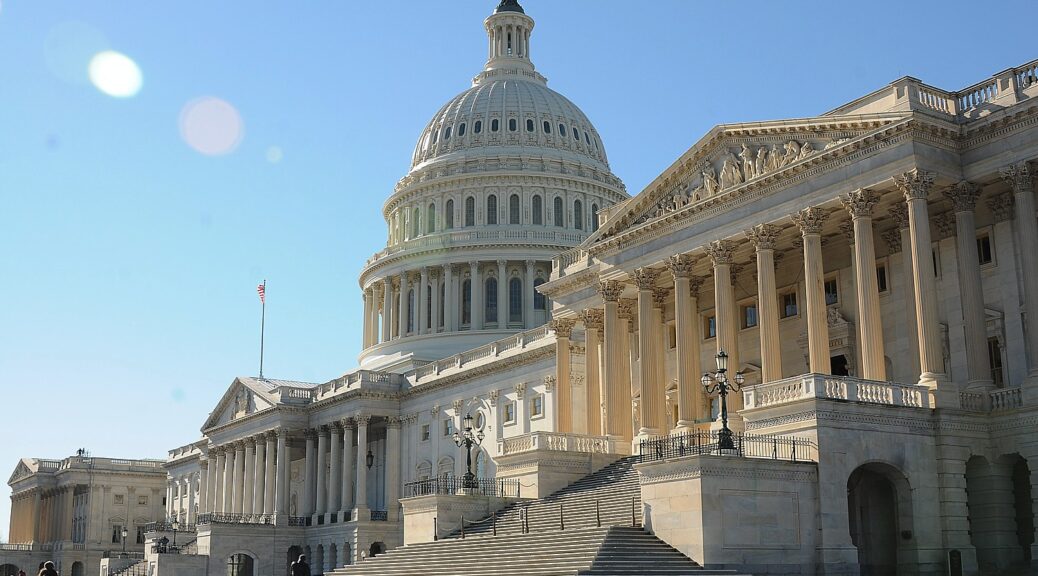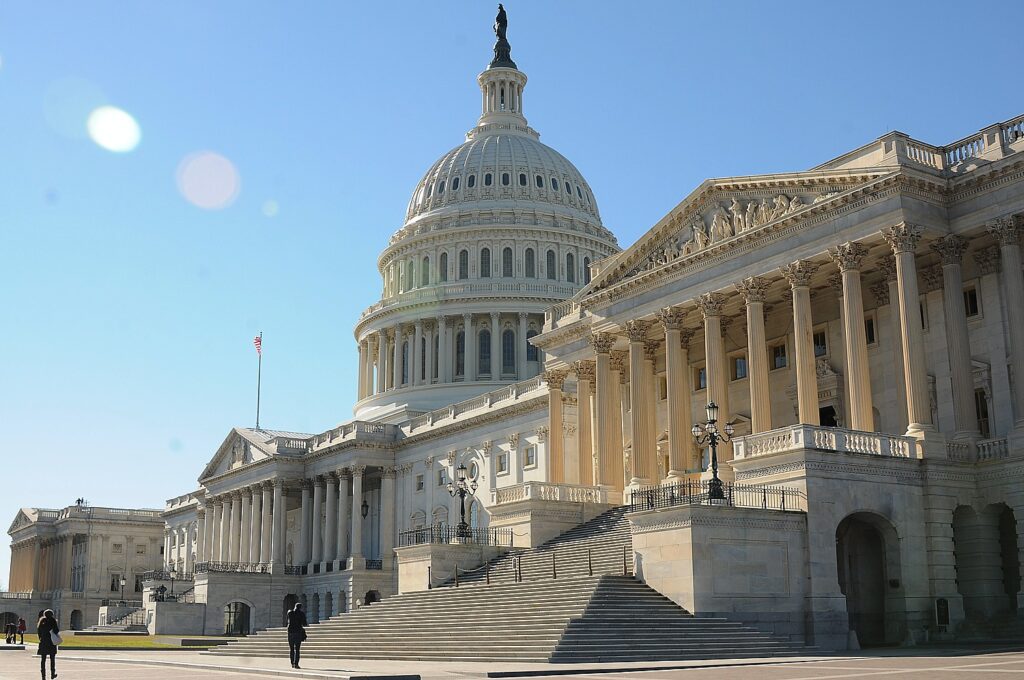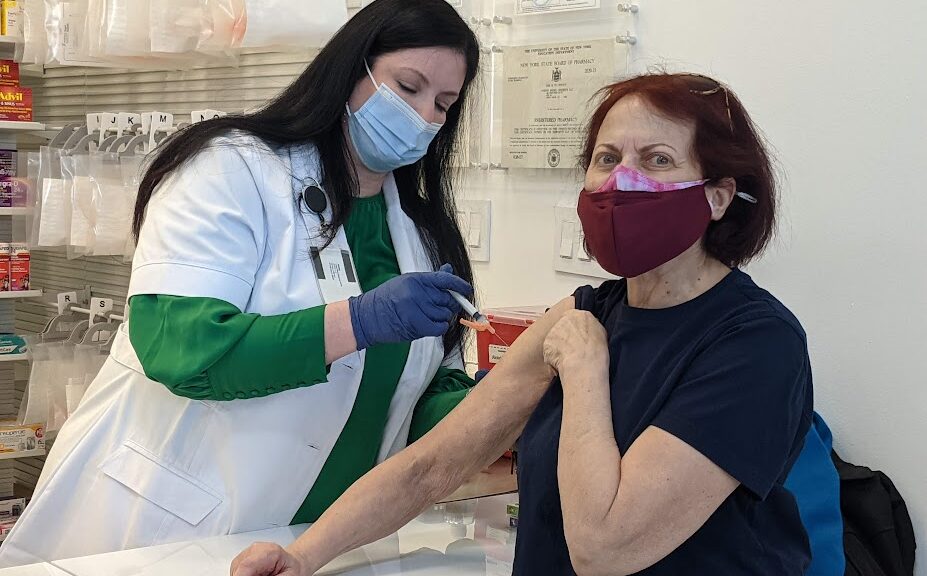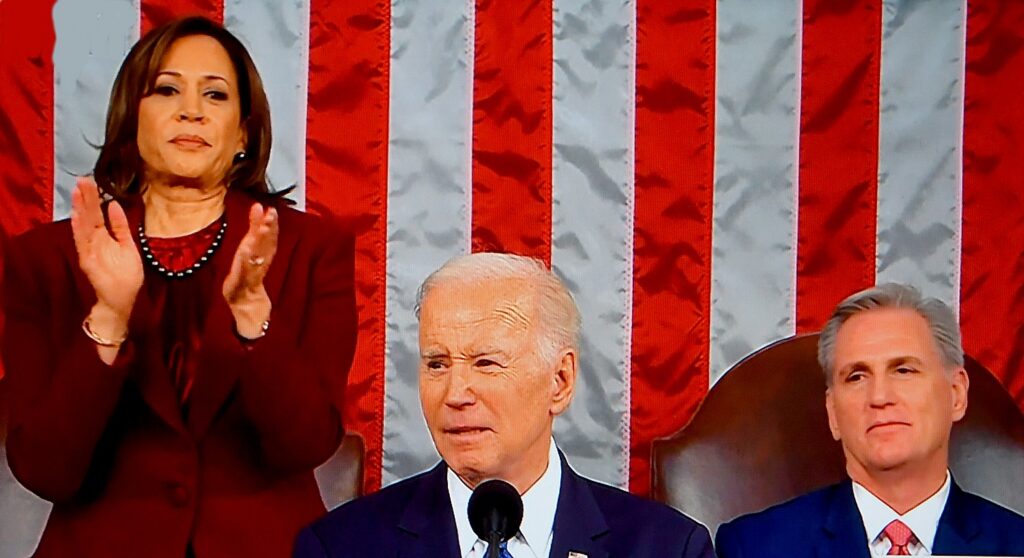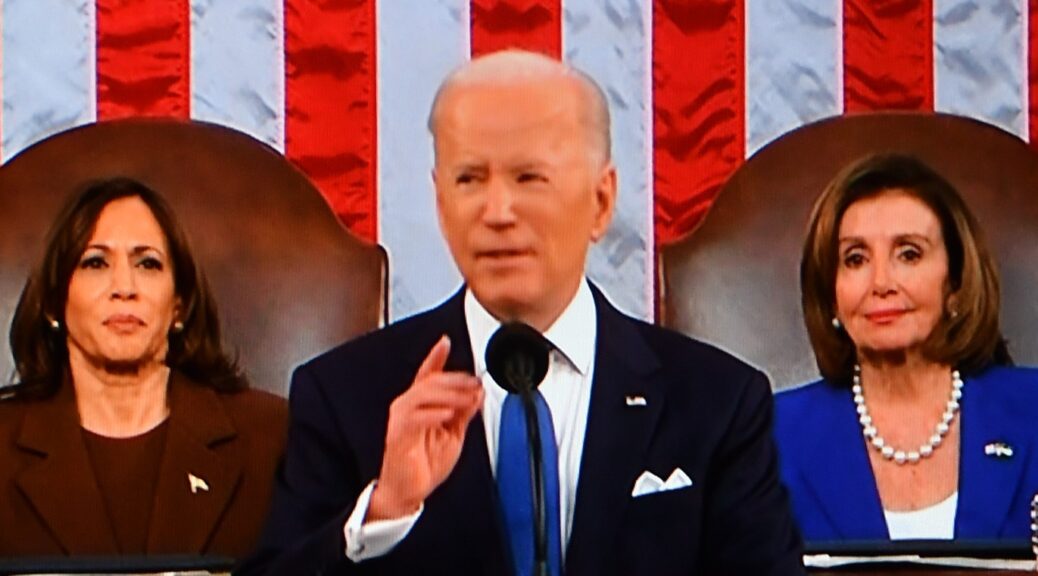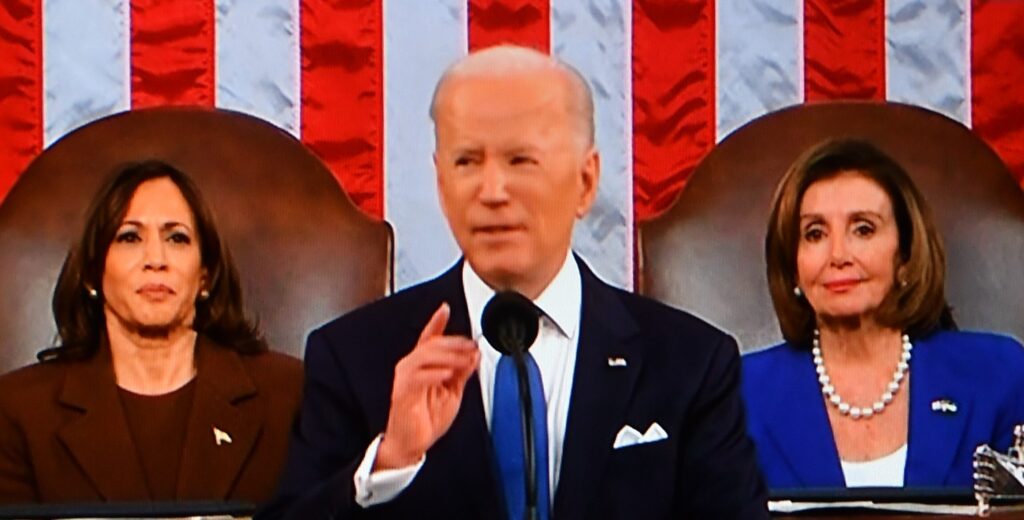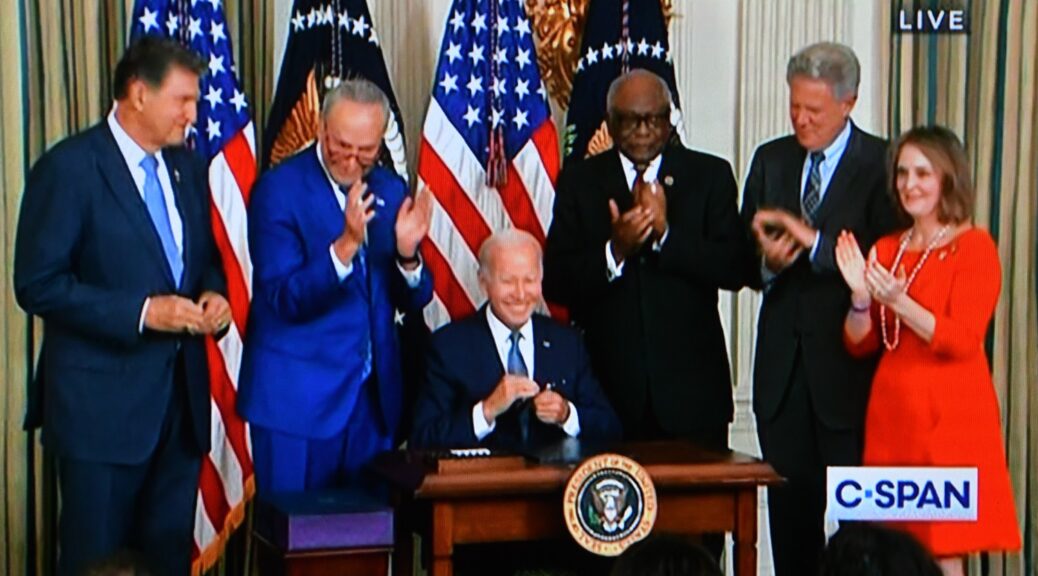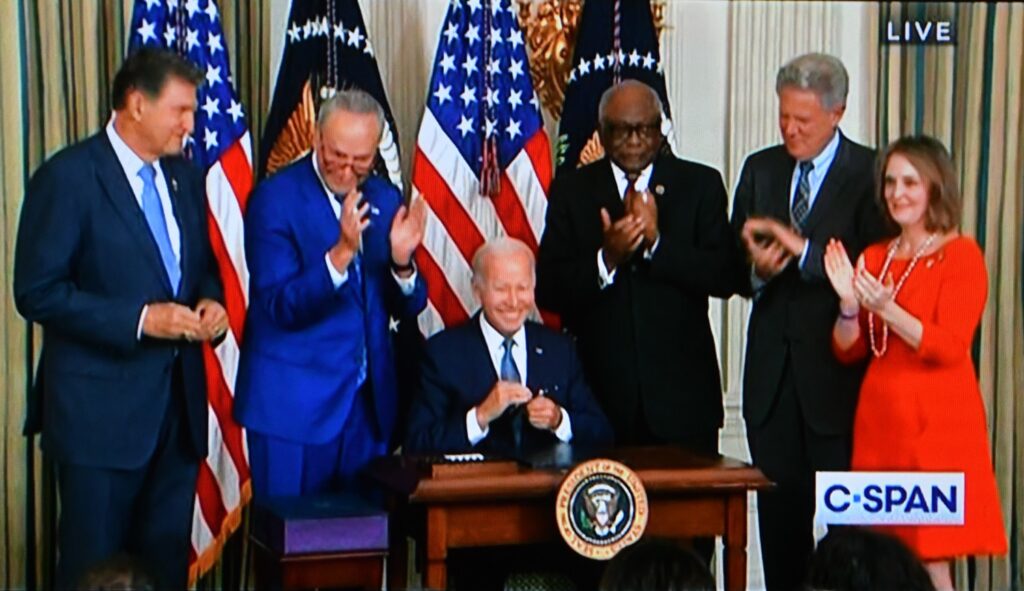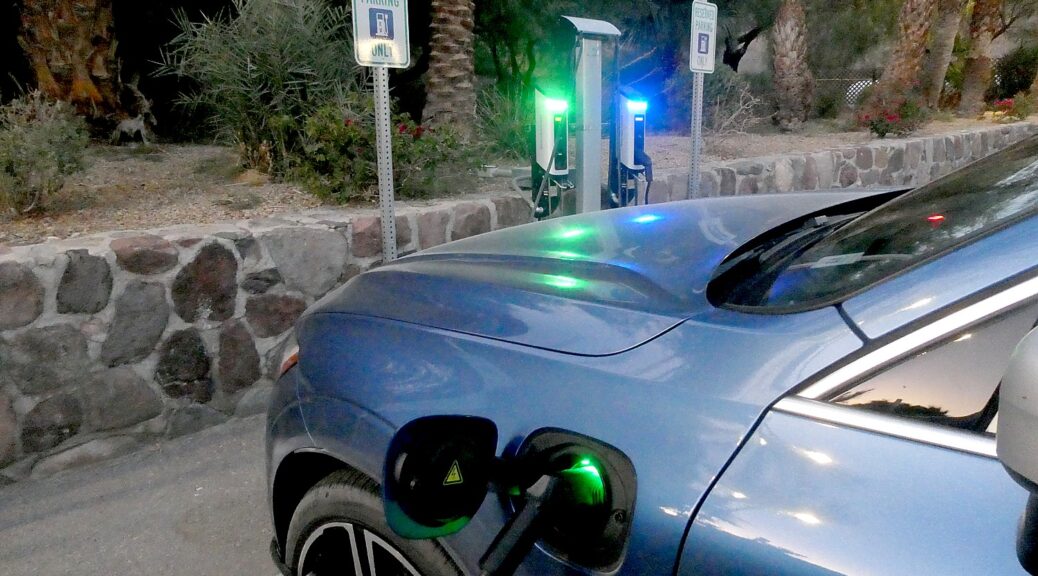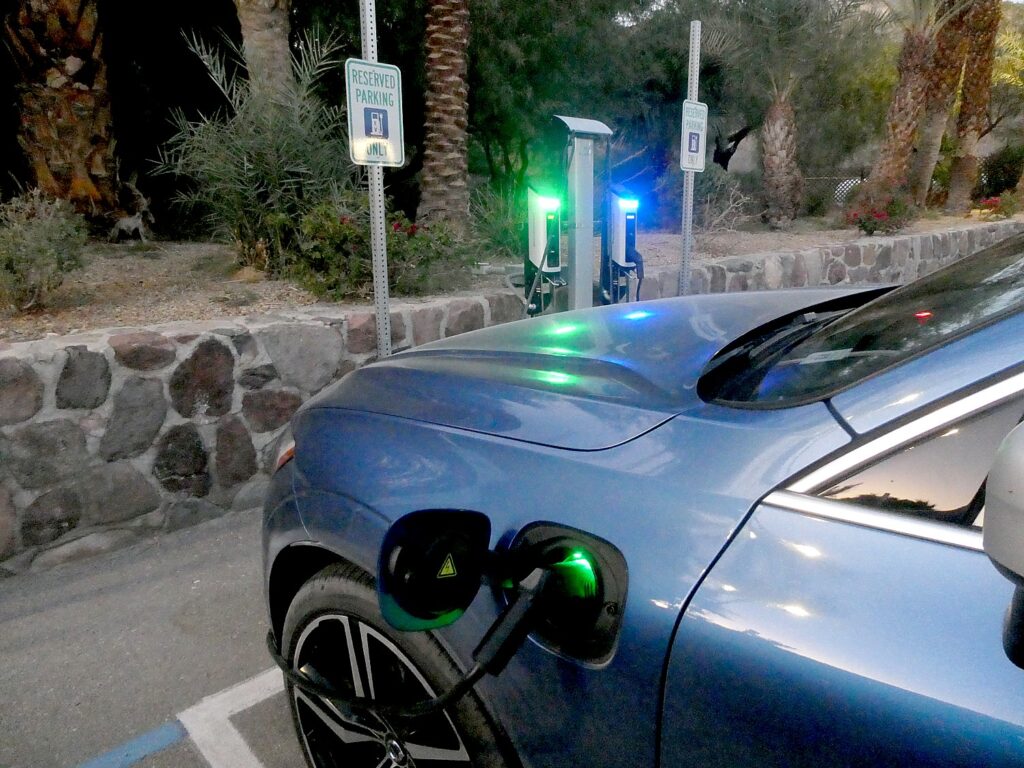
With all the hullabaloo and unceasing scandals perpetrated, promulgated, manufactured by Trump, MAGA radical right wing extremists, and Republicans (debt crisis, border crisis), people are completely unaware of the important achievements President Biden and the Biden Administration are making globally. We again have someone in the White House worthy of the moniker, “Leader of the Free World” who is doing his damnedest to make the world a safer place. Here is a Fact Sheet summarizing the results of the 2023 G7 Summit in Hiroshima, Japan, provided by the White House: –Karen Rubin/news-photos-features.com
Since President Biden took office, revitalizing our alliances and partnerships and reestablishing America’s leadership around the world has been one of his top priorities. The G7 Summit in Hiroshima showed that the G7 are more united than ever: united on Ukraine, united on China, united on economic security, united on building the clean energy economies of the future, united on nuclear disarmament, and united on fighting poverty and responding to global challenges like the climate crisis around the world.
United on Ukraine
G7 Leaders set forth a powerful statement of unity strength and commitment in our response to Russia’s war of aggression. Leaders announced a set of concrete actions to intensify the G7’s diplomatic, financial, humanitarian and security support for Ukraine, to increase the costs to Russia and those supporting its war efforts, and to continue to counter the negative impacts of Russia’s war on the rest of the world, particularly on the most vulnerable people.
- New sanctions and export controls. G7 Leaders announced new steps to economically isolate Russia and weaken its ability to wage its war. They announced new efforts to further disrupt Russia’s ability to source inputs for its war; close evasion loopholes; further reduce reliance on Russian energy and limit its future extractive capacity; and squeeze Russia’s access to the international financial system. G7 leaders also reaffirmed their commitment to keep Russia’s sovereign assets immobilized until Russia pays for the damage it has caused. To implement these commitments, the Departments of Treasury, State, and Commerce rolled out new sanctions packages including by expanding our broad restrictions, cutting off over 70 companies from Russia and other countries from receiving U.S. exports, and sanctioning upwards of 300 individuals, entities, vessels, and aircraft, including actors across the globe.
- Discussing peace with a broad range of partners. The G7 leaders met with the leaders of Ukraine, Australia, Brazil, the Cook Islands, Comoros, India, Indonesia, Republic of Korea, and Vietnam to discuss international peace and security. The leaders issued an Action Plan on Food Security that notes, “Especially in light of its impact on food security and the humanitarian situation around the world, we support a just and durable peace based on respect for international law, principles of the UN charter and territorial integrity and sovereignty.”
United on China
G7 Leaders affirmed that G7 countries are not decoupling from China or turning inwards. At the same time, G7 Leaders recognized the need to respond to concerns and to stand up for our core values.
- Economic security issues. The G7 will push for a level playing field for their workers and companies and seek to address the challenges posed by China’s non-market policies and practices and foster resilience to economic coercion. They recognized the necessity of protecting certain advanced technologies that could be used to threaten our national security.
- Indo-pacific. Leaders reaffirmed the importance of peace and stability across the Taiwan Strait and called for a peaceful resolution of cross-Strait issues. They highlighted that there is no change in the basic positions of the G7 members on Taiwan. They registered their serious concerned about the situation in the East and South China Seas and reaffirmed their strong opposition to any unilateral attempts to change the status quo by force or coercion.
- Core values. G7 Leaders voiced concerns about the human rights situation in China, and called on China not to conduct interference activities or undermine the integrity of our democratic institutions.
United on Economic Resilience and Economic Security
G7 Leaders took steps to enhance strategic coordination on economic resilience and economic security by strengthening supply chains, reducing vulnerabilities and countering malign practices that exploit and reinforce them.
- Protecting critical and emerging technologies. President Biden has taken action in the United States to protect certain dual use technologies from falling into the hands of strategic rivals. In Hiroshima, G7 Leaders affirmed that this is a common interest across G7 countries. To this end, the Leaders further recognized that addressing risks from outbound investment could be important to complement existing tools of targeted controls on exports and inbound investments.
- Launching the G7 Coordination Platform on Economic Coercion. G7 Leaders launched the Coordination Platform on Economic Coercion to increase collective assessment, preparedness, deterrence and response to economic coercion.
United on Building the Clean Energy Economies of the Future
At home, President Biden has delivered on an ambitious clean energy agenda that is centered around bold public investment and working with partners to build secure and resilient supply chains. In Hiroshima, G7 Leaders outlined the way that G7 partners are working to meet the moment in achieving the goals of the Paris Agreement, to build secure and resilient supply chains, and to ensure strong industrial bases across G7 countries.
- Maximizing the impact of incentives. Thanks to the Inflation Reduction Act, this was the first G7 Summit where the President of the United States could unambiguously say that the United States is on a path to meet our Paris Climate commitments. G7 Leaders recognized that achieving the goals of the Paris Agreement urgently requires significant new incentives, industrial policies, and public as well as private investments. Leaders committed to work together to ensure regulations and investments will make clean energy technologies more affordable for all nations and help drive a global, just energy transition for workers and communities that will leave no one behind.
United on an Affirmative and Ambitious Development Agenda
President Biden has championed an affirmative and ambitious agenda to support developing countries, including through reaffirming our support for the 2030 Agenda for Sustainable Development and working to create fiscal space for increased domestic investments in key development priorities. In Hiroshima, G7 Leaders emphasized the need to unlock investments and policy reforms to accelerate progress toward the Sustainable Development Goals (SDG), including by investing in more resilient food and health systems, and by addressing the effects of climate change.
- Tackling rising levels of debt. G7 Leaders highlighted their concern that serious challenges to debt sustainability are undermining the progress towards the Sustainable Development Goals. They reiterated the urgency of addressing debt vulnerabilities in low- and middle-income countries and their full support of the G20’s effort to improve the implementation of the Common Framework for Debt Treatments beyond the Debt Service Suspension Initiative (DSSI) in a predictable, timely, orderly and coordinated manner, providing clarity to participants.
- Promoting the evolution of the multilateral development banks (MDBs). G7 Leaders noted their strong support for the efforts underway by multilateral development banks to review and transform their business models to better address global challenges such as climate change, pandemics, fragility and conflict, which are integral to achieving poverty reduction and shared prosperity. They encouraged MDBs to expedite this ongoing work. They looked to further progress on the World Bank’s evolution agenda toward the 2023 WBG and IMF Annual Meetings and beyond.
- Reversing the first global decline in life expectancy in nearly a century. G7 leaders committed to work with global partners to restore access to essential health services to better than pre-pandemic levels by the end of 2025, and to strengthen primary health care delivery, including by investing in health workers, in order to accelerate progress toward universal health coverage. The United States is providing approximately $10 billion in global health program funding with Fiscal Year (FY) 2022 funds, much of which supports essential health services, including addressing HIV/AIDS, TB and malaria, expanding access to water and sanitation, and supporting maternal and child health. One year ago, the President also launched the Global Health Worker Initiative, which aims to address the global shortage of health workers.
- Investing in health security with U.S. contribution of $250 Million to the Pandemic Fund. The President announced that the United States plans to provide a $250 million contribution in Fiscal Year 2023 appropriations, subject to Congressional notification, to the Pandemic Fund to demonstrate the United States’ ongoing commitment to strengthening global health security around the world. This planned investment in the Pandemic Fund will continue to serve as a catalyst for additional contributions from other donors. The United States is committed to providing greater investments in health security to help break the cycle of panic and neglect in the wake of health emergencies.
- Launching the Hiroshima Action Statement for Resilient Global Food Security with partner countries to address needs today and into the future. G7 Leaders reaffirmed their continued commitment to address global food insecurity and the need to build more resilient, sustainable, and inclusive food systems. G7 leaders have exceeded the $14 billion commitment announced at the 2022 G7 Elmau Summit, mobilizing $14.9 billion for food security. The United States remains the global leader on food security. Since the beginning of 2022, the United States has provided over $13.5 billion in acute and medium to long term assistance for food security.
Showing Tangible Progress at the PGII One-Year Mark
One year after G7 Leaders announced PGII as the G7’s collective infrastructure initiative, G7 Leaders demonstrated that PGII is making concrete progress.
- Collaborating with partners. During the Summit, G7 Leaders were joined by leaders of [Australia, Brazil, Comoros, Cook Islands, India, Indonesia, Vietnam, the Republic of Korea, and the World Bank]. They were also joined by private sector executives of Citi, Global Infrastructure Partners, Japan Foreign Trade Council, and Nokia to reaffirm their commitment to opening a serious, sustainable channel for unlocking public and private capital for these projects in the developing world.
- Launching new projects. To date, the United States has mobilized $30 billion through grants, federal financing, and leveraging private sector investments towards PGII. President Biden announced new projects and highlighted the impact of several projects announced since PGII’s launch at the 2022 G7 Summit.
- Announcing a PGII Investor Forum. The President announced that the United States will seek to launch an annual Investor Forum to enable the United States Government to more comprehensively de-risk capital, play a matchmaking role between investors and opportunities that advance PGII, and hear feedback on how it can continue to refine the PGII model to maximize its effectiveness.


